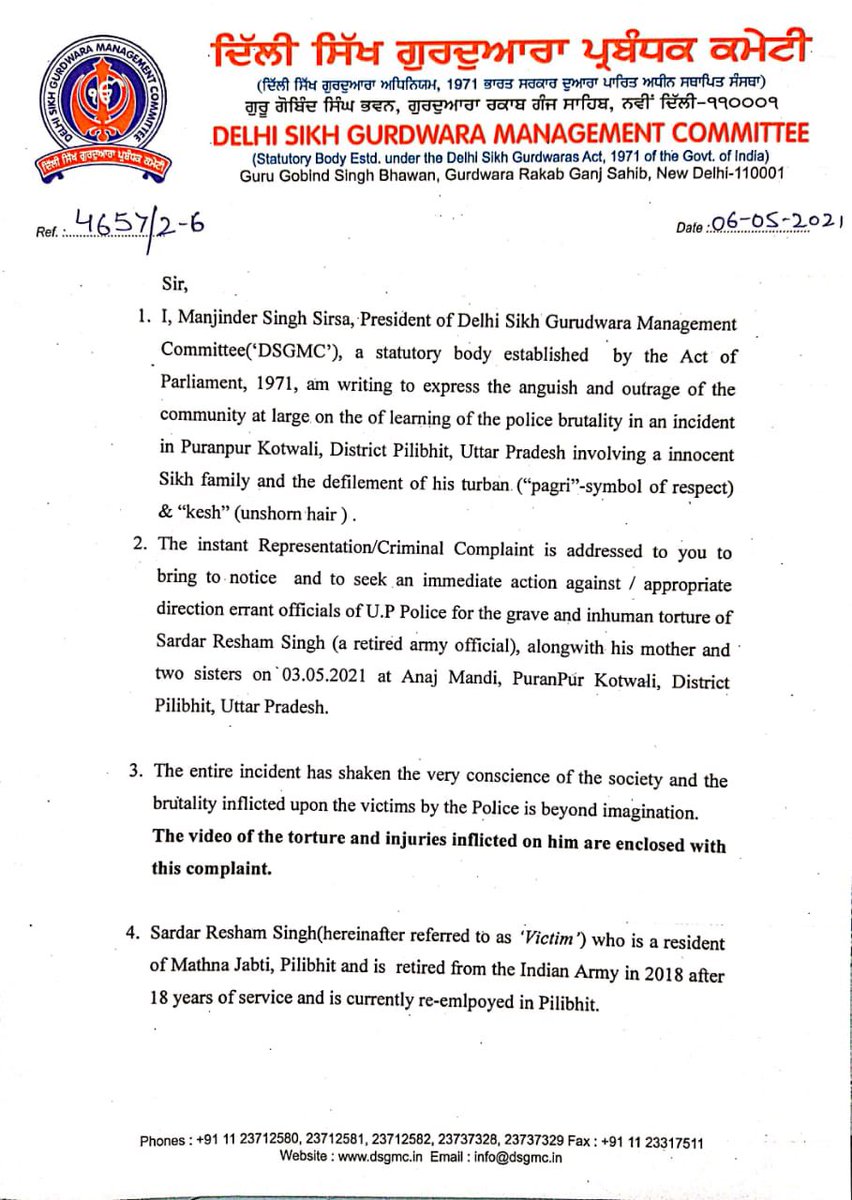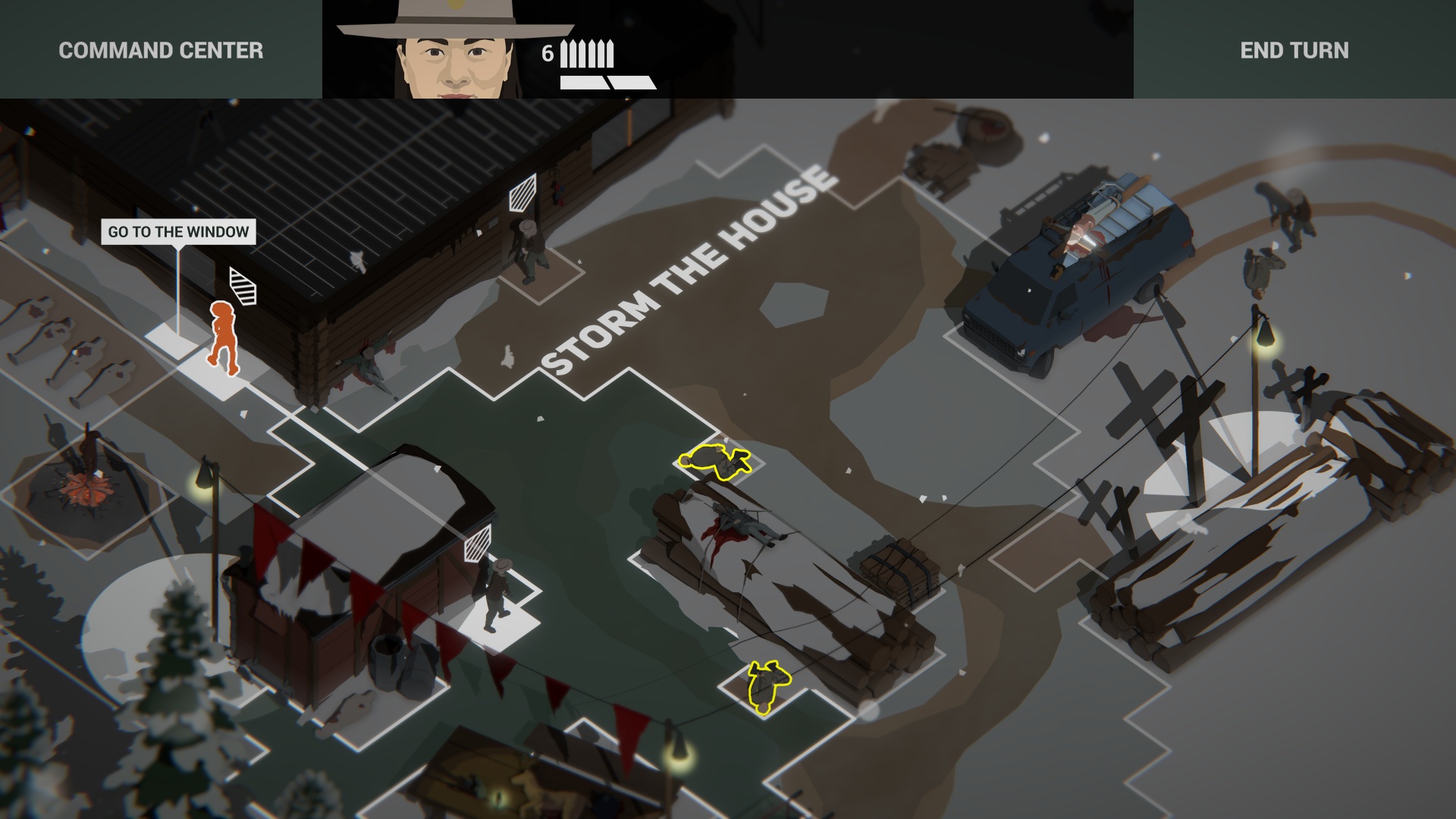

In 1982, he did forward a doctor’s letter describing one suspect’s unmistakably fresh wounds while in police custody- including those consistent with radiator burns-to then-state’s attorney Richard M.

Chicago’s superintendent of police turned a blind eye to Burge’s practices, doing little to investigate reports of brutality. “He tried to kill me,” one suspect would later testify in federal court. For years, complaints poured in: of Burge forcing arrestees to play Russian roulette, suffocating them with plastic typewriter covers, handcuffing them to a radiator and shocking them. Burge’s solve rate was celebrated within the department.īut on the street, he was feared. The detectives were part of the so-called midnight crew, a group of cops who took orders from Burge, a burly, fierce-eyed Vietnam vet who had joined the department in 1970 and risen to control the Area 2 district on the South Side, an area historically plagued with crime and gang warfare. “I had never in my life experienced that kind of pain.” “They pulled my pants and shorts down, they took an electric cattle prod … turned it on and he stuck me on my genitals with that cattle prod,” Cannon would testify at a City Hall hearing where Burge’s victims sought reparations in 2015. What happened next caused Cannon to weep in the retelling, even 32 years later. 2, 1983, when Chicago police picked up Darrell Cannon, 32, for questioning in a gang-related murder and drove him to a desolate spot on the city’s South Side. “Nobody’s gonna see or hear anything we do to you today.” “'N-, look around,” one of the detectives said to the handcuffed man. “They have eviscerated the trust between the Chicago police department and the citizens in the black community.” “They were protecting Jon Burge then and they protect lawbreaking police officers now. The Burge-era cover-up only hardened an internal police culture whereby cops didn’t call out the bad apples, but protected them, Rush argued, singling out the Chicago Fraternal Order of Police. “Jon Burge is a symbol-just like a burning cross is a symbol, just like a swastika is a symbol- of police lawlessness fueled by racism, in Chicago and throughout the nation,” U.S. The same reflexive urge of officers to protect their own-even when they’ve done wrong-and a political infrastructure too jittery to take on the same police organization it relies on to defend its streets. As a longtime reporter in Chicago, I would argue that a more or less direct line can be drawn between Burge and another high-profile case of police misconduct: the 2014 shooting of a black teenager Laquan McDonald.

His years of violent abuse, and the cover-up inside the department that enabled it, stained the Chicago police force long after Burge was convicted and sent to prison. | Charles Rex Arbogast/AP Photoīut the Burge saga refutes the idea of isolated incidents. Former Chicago police commander Jon Burge.


 0 kommentar(er)
0 kommentar(er)
